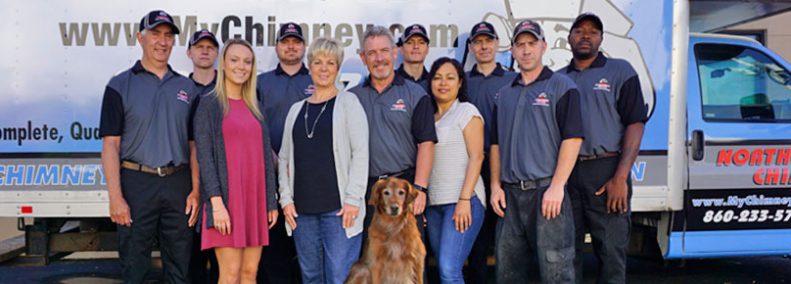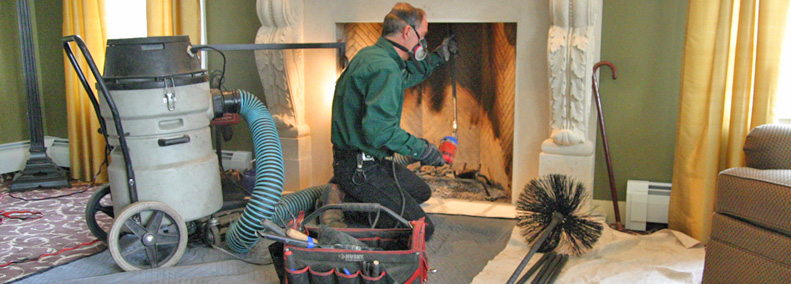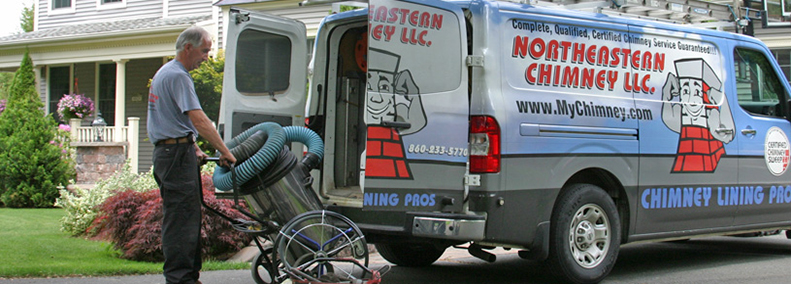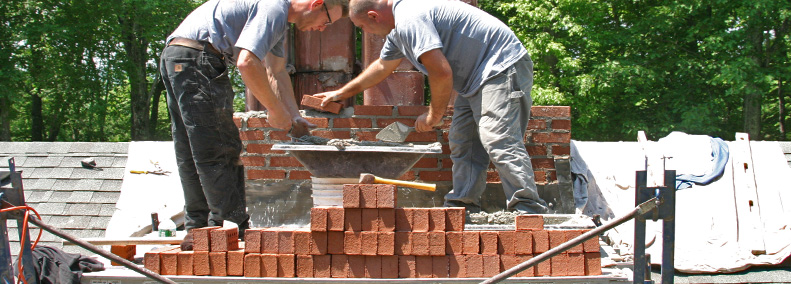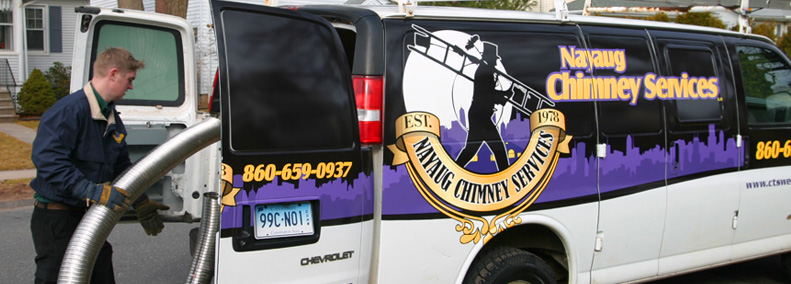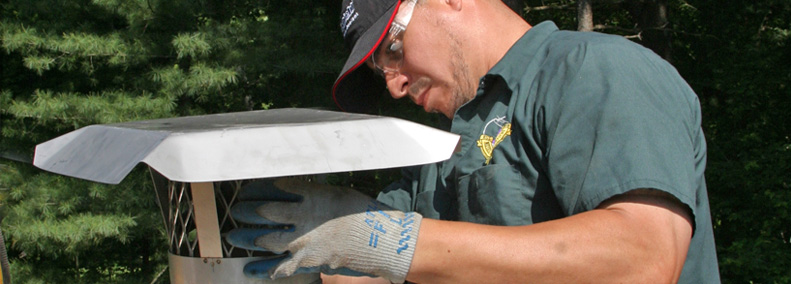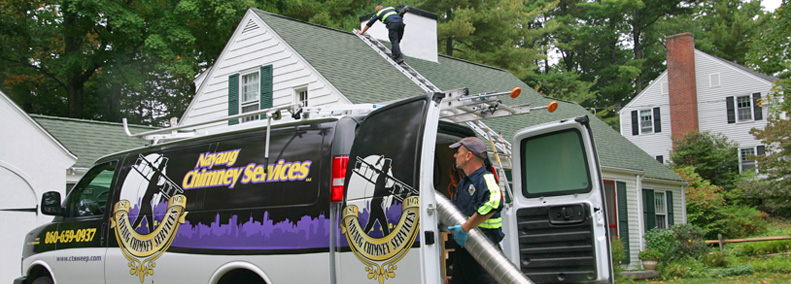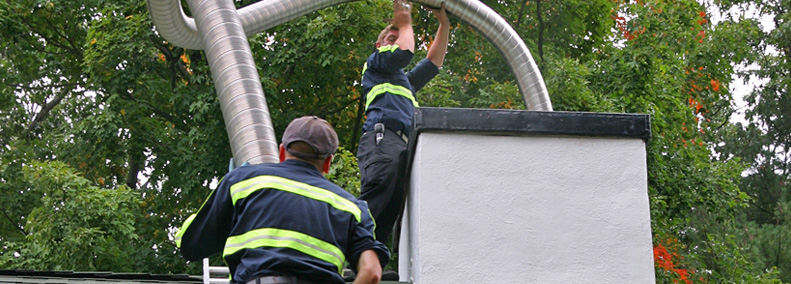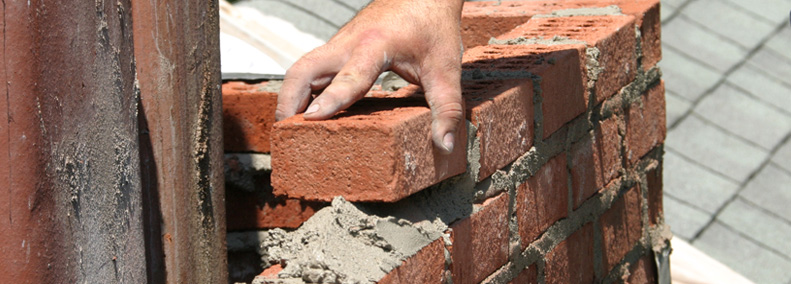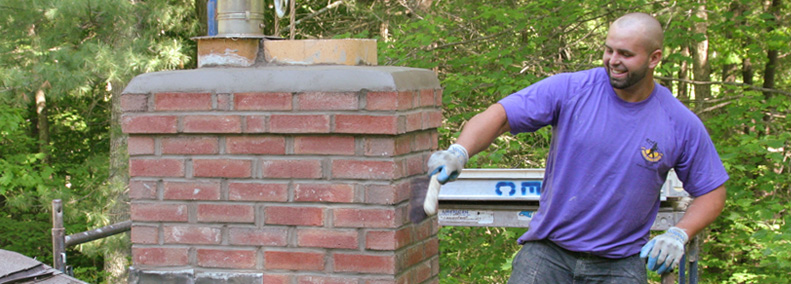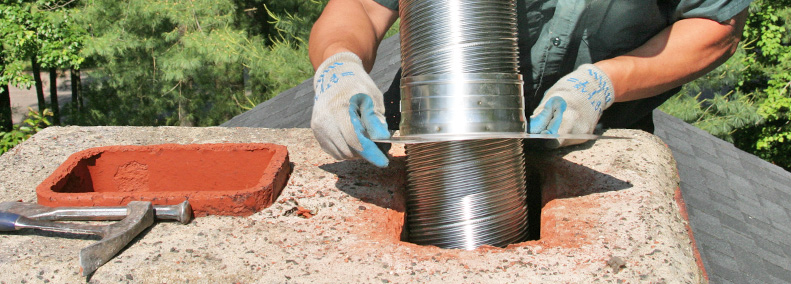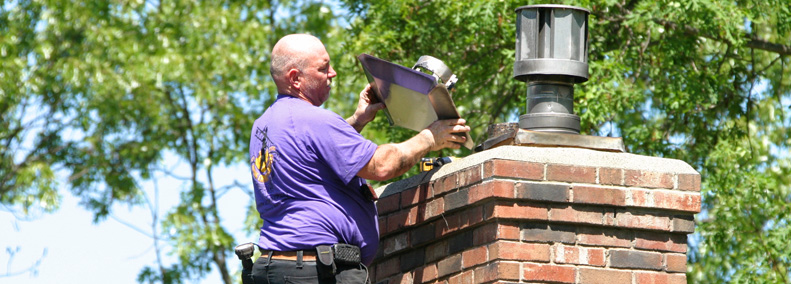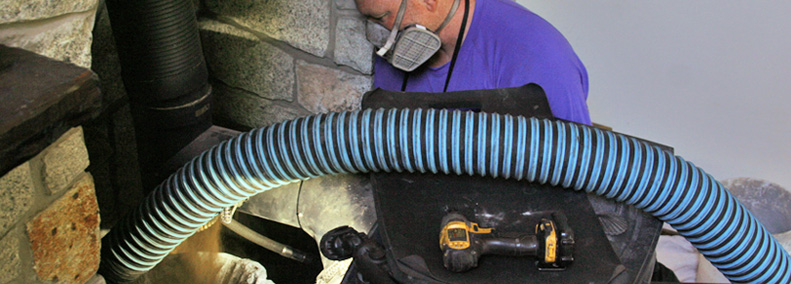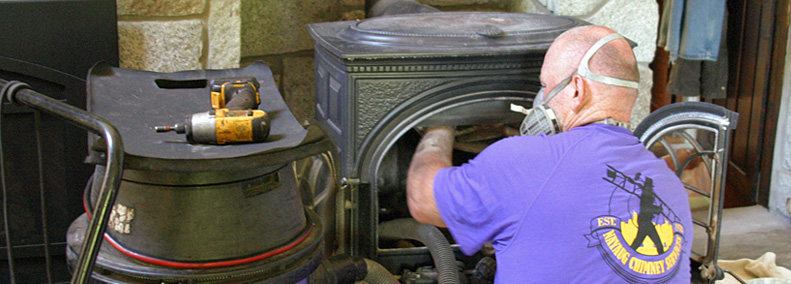09.04.12
Pellet Stoves 101 – Part 1 (About the Pellets)
If you’re looking for a reliable, economical heat source, a pellet stove may be exactly right for your home, especially if you’re environmentally conscientious. But you may not know much, if anything, about pellet stoves, since they are relatively new heating options for homeowners. We provide professional installations of these pellet appliances which are growing in popularity, and the following information will help equip you to decide whether a pellet stove is right for you.
What is a Pellet Stove?
There is quite a difference between pellet stoves and wood burning stoves. A pellet stove is designed to burn biomass or wood pellets. You pour pellets into a storage container or hopper, and the pellets are slowly fed into a burn-pot area. Minimal to no physical adjustments are typically required with a pellet stove, and yet they create a constant flame.
About the Pellets
One of the most environmentally friendly aspects of pellet stoves is that the pellets themselves are constructed of what would otherwise be waste products. Sawdust and other wood products which would normally end up in landfills are used to make the pellets. The waste (also called biomass) products are compressed to uniform sizes and shapes – less than 1.5 inches in length and optimally less than 1 inch in thickness, in order to prevent backup in the hopper from which the pellets drop onto the auger.
The pellets for your pellet stove are the premium grade variety, which contains less than 1% ash when the pellets are burned. Excess tree bark content is what usually causes high ash content. Premium grade pellets can be of the hard wood or soft wood variety. Pellets aren’t readily available in all corners of the United States. What is available is usually based on what the local source of wood is for use in the pellet mill.
For an entire cold winter, 3 tons of pellet stove pellets at $4 to $6 per 40-pound bag is the usual amount needed. Test the different brands before buying in bulk. You may find that less expensive brands are as good as more expensive kinds. Some types of pellets produce fly ash, which means that cleanup can be extensive and air flow can become restricted.
The Pellet Fuel Institute provides assistance in determining what the best pellet stove pellets are, since it has set standards and grades of pellets for the benefit of consumers.
A lot can be said about corn kernels burned in pellet stoves. The quick answer is that most manufacturers of pellet stoves don’t recommend burning corn.
Storing Pellets
The good news about the large volume of pellets needed for the winter is that your supply will stack and store beautifully, taking up minimal space. Pellets are typically sold in 40-pound-bags; this in itself can be a constraint for many people. Approximately every day or two during the winter, a bag will need to be hauled from storage to the stove and poured into the stove’s hopper.
The place where the pellets are stored must be indoors and kept dry. If the pellet stove pellets become damp, they will swell and fail to feed into the hopper properly.
There is a lot more to be said about pellet stoves and why they are a favorite with people who are interested in contributing to cleaner air. At Nayaug Chimney Services, our professional chimney technicians can expertly install and service pellet stoves and advise you on the best pellets for your system. Be sure to read our continuing series.
Northeastern Chimney, Inc.
formerly Nayaug Chimney Services, LLC
37 Cody Street, West Hartford, CT 06110
Phone: 860-233-5770

 Tap to Call Now
Tap to Call Now


